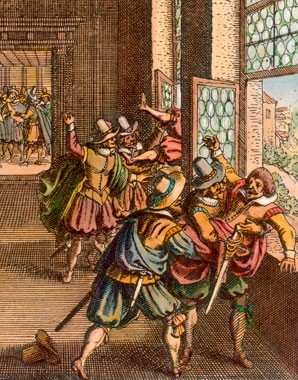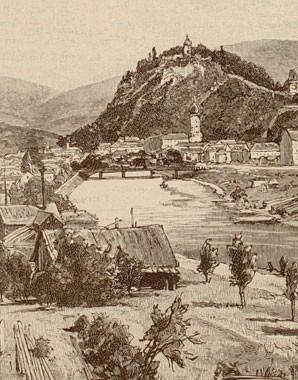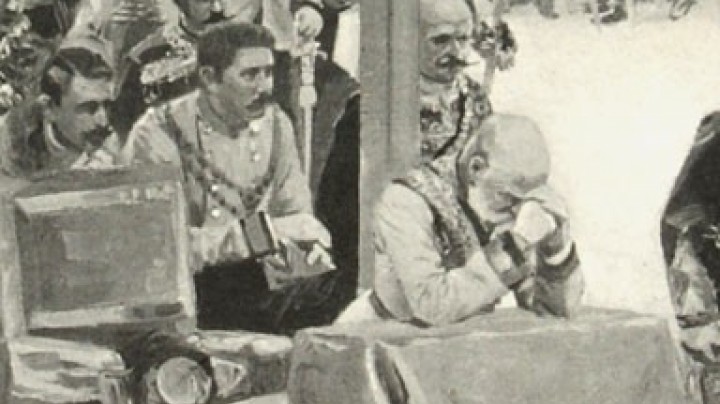Monastic institutions in Austria
The re-Catholicization of Austria saw the construction of a large number of sacred buildings, simultaneously fuelling the demand for sculpture and art to decorate their interiors.
At the very latest from the end of the Thirty Years’ War in 1648 there was again a Catholic majority in Austria. Numerous important Baroque monastic edifices were erected, initially in Styria, for example at Seckau and St Lambrecht, then a little later in Upper Austria at Schlierbach and St Florian. These projects involved either the renovation and adaptation of extant medieval buildings (such as the abbey church at Klosterneuburg) or the building of new structures which were modelled predominantly on palatial architecture.
From the mid-seventeenth century each monastery had an emperor’s hall or wing, a custom deriving from the tradition of the lord paramount’s right of hospitality. Even if the emperor seldom spent long periods as the guest of a monastery, the architecture was nonetheless intended to express symbolically the link between secular and religious power.
In the Alpine regions, where Catholicism had never disappeared, there was great demand for ecclesiastical fittings. Sculptors’ studios such as those of the Schwanthaler or Zürn families worked for parish, pilgrimage and monastery churches, creating important works of art outside urban centres.

















